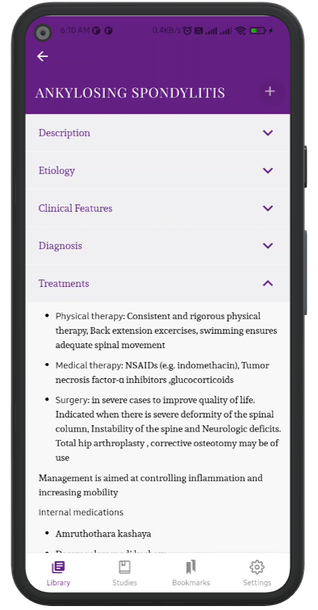LYMPHOGRANULOMA VENEREUM (LGV)
Description
- Lymphogranuloma venereum (LGV) is a sexually transmitted disease caused by L1-3 serotypes of Chlamydia trachomatis
- It is an uncommon STD characterized by inguinal lymphadenopathy
- Patients initially develop a small, painless papule in the genital region that may ulcerate but will heal and disappear within one week
- 2-4 weeks after the initial lesion, patients present with painful, suppurative, bilateral inguinal lymphadenopathy and systemic symptom such as fever, malaise, chills, and/or myalgia
Types
- Primary lesion – small painless papulo vesicular lesion on external genitalia
- Secondary stage– After 2 weeks, lymphatic spread to draining lymph nodes. Nodes enlarge, suppurate, become adherent to the skin and break down to form discharging sinuses
- ‘Groove sign’ – A depression between the groups of inflamed nodes
- Tertiary stage – Chronic, lasts for several years; scarring and lymphatic blockage
Investigation
- Microscopy/identification
- Culture and Isolation
- ELISA method, PCR
- NAAT
- LGV complement fixation test
- Intradermal Frei test
Treatments
- Preventive Treatment – Use of condom, or to avoid intercourse with a suspected infected partner
- Definitive Treatment – Doxycycline 100 mg BID for at least 21 days
Ayurvedic Treatment
Internal Medicines
- Aragwadhadi Kashaya
- Punarnavadi Kashaya
- Guggulu Panchapala choorna
- Triphala Guggulu
- Vilwadi gutika
- Chandraprabha Vati
- Punarnavaasava
- Gandhaka rasayana
External Procedures
- Yoni Kshalana - Triphala Kashaya
- Avagaha Sweda - Triphala Kashaya
Department
Prasoothi & Stree Roga

